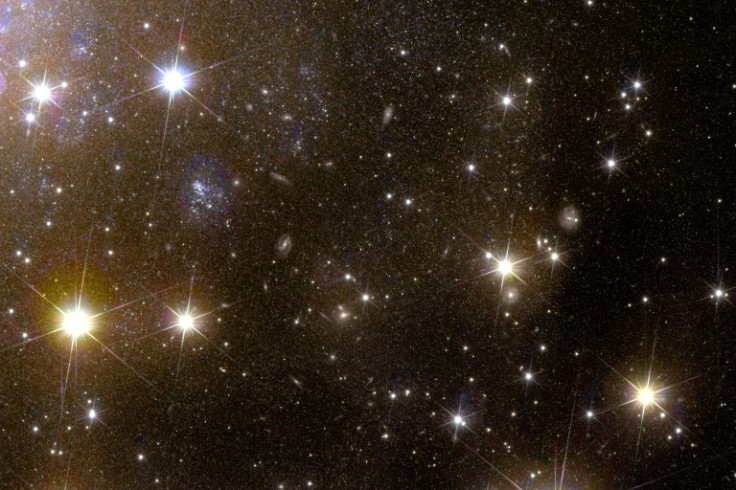NASA Prepares For Once-In-A-Lifetime 'New Star' Phenomenon In Night Sky

Get ready to witness a spectacular show in the night sky! Astronomers are excited about a rare event happening soon. NASA says a bright "new star" will appear in the Northern Crown constellation, which is between Boötes and Hercules.
This event, called a nova, is different from a supernova. It's a quick burst of light from a collapsed star called a white dwarf.
The star causing all the buzz is T Coronae Borealis, also known as the "Blaze Star." It's a pair of stars, one dead white dwarf and one aging red giant. This red giant is like our sun but much older.
Every 79 years or so, these stars put on a fiery display. The red giant loses its outer layers to the white dwarf, heating it up until it explodes into a nova.
Last time this happened was in 1946, and astronomers are eagerly waiting for it to happen again. The exact timing is uncertain, but it could be anytime between now and September, the CNN reported.
Even though T Coronae Borealis is usually too dim to see, during the nova, it will shine as brightly as Polaris, the North Star. You'll be able to see it without any special equipment for a few days and with binoculars for about a week before it fades away for another 80 years.
According to CTV News, the nova will appear as a bright spot between the Boötes and Hercules constellations, visible from the Northern Hemisphere.
Astronomers will be using powerful telescopes like the Hubble Space Telescope to study this event in detail. They'll look at it in X-ray and ultraviolet light to learn more about what's happening.
NASA will be updating everyone on this exciting event through their social media accounts.
William J. Cooke from NASA remembers seeing a similar event in 1975. It was an unforgettable experience for him and inspired him to pursue a career in astronomy.
© Copyright IBTimes 2025. All rights reserved.






















